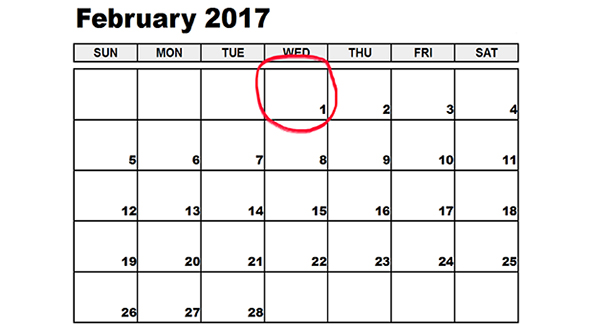As we approach the February 1 due date for posting OSHA Form 300A as part of OSHA’s Recordkeeping Rule, it’s important to remember the exemptions and requirements that apply.
Under the Recordkeeping Rule, covered employers are required to maintain an OSHA 300 Log of serious injuries and illnesses, and also to post a 300A in their workplace on the first of February covering all injuries and illnesses recorded the prior year. Most employers know that two important exemptions apply to these requirements. However, there are also many misconceptions surrounding them.
Exemption 1: Low-Hazard Industries
The first exemption releases employers in certain low-hazard industries from the requirements of the rule. In 1982, OSHA presented a very broad list of these exempted low-hazard industries, which included finance, insurance, real estate, and more. OSHA then transitioned the exemption to a list based on Standard Industrial Classification (SIC) and Bureau of Labor Statistics (BLS) data from the late 1990’s. However, in 2015, OSHA then released a set of entirely new guidelines for which businesses could claim the exemption. These 2015 guidelines used the North American Industry Classification System (NAICS) codes to identify the exempt industries.
So remember that even if your business was previously able to claim this exemption, that ability might have changed after 2015. To find out if your business is still exempt, you can use the the NAICS webpage to determine your NAICS code — and when you have your code, you can check it against Table 1 here to see if you qualify for an exemption.
Exemption 2: Ten or Fewer Employees
The second exemption releases businesses with 10 or fewer employees from the requirements of the rule. However, here too there are a couple of common misconceptions that sometimes confuse businesses. So remember:
- Employers are exempt only if they had 10 or fewer employees “at all times during the previous calendar year.” So if you had 11 (or more) people at any time during the year working for you — even if your current number of employees is back down to 10 or fewer — you are still unable to claim this exemption.
- The exemption is based on company size, not on facility size. Thus, a company with 1,000 employees that has several small facilities with fewer than 10 employees each would still need to have those small facilities post a 300A. A franchise business with very small individual locations would be a good example of a company in this situation.
Key Points for Compliance
Even if you are not focused on qualifying for either of these exemptions, there are still other important things to remember about posting your 300A.
- If you are required to post a 300A, you need to do so whether or not you had any injuries in the past year. It is completely appropriate — and required for covered businesses — to post a 300A saying that you had no injuries or illnesses.
- Sign the 300A when you post it. That is required, and something businesses often forget to do.
- Post the 300A in an accessible location where employees can easily see it, and keep it posted until April 30.
- Be sure to post the 300A, and not the 300. Not only is this problematic because it is the incorrect form, but the 300 contains employee names, so making it public can result in privacy violations.
- You do not need to post the official 300A form from OSHA’s website; it is acceptable to post your own, homemade form containing equivalent information if you would prefer to do so.
For more information on OSHA’s recordkeeping requirements, visit their recordkeeping webpage. And remember, by July 1, 2017, covered businesses with 250 or more employees and businesses with 20-249 employees in certain high risk industries must also submit their Form 300A information online, through a website provided by OSHA scheduled to go live in February. This new requirement is the result of a final rule issued by OSHA last year to improve workplace injury and illness tracking. For more information, see OSHA’s overview of the Final Rule here.
Do you need help getting your OSHA recordkeeping where it needs to be? VelocityEHS solutions can help! We eliminate the time-consuming, paper-based processes of Incident Notification, Case Management, Recordkeeping, and Follow-up by integrating them into a single cloud-based collaborative application that helps you meet OSHA requirements while taking meaningful steps to boost safety in your workplace. Visit our OSHA Recordkeeping and Incident Management solution pages to learn more!
